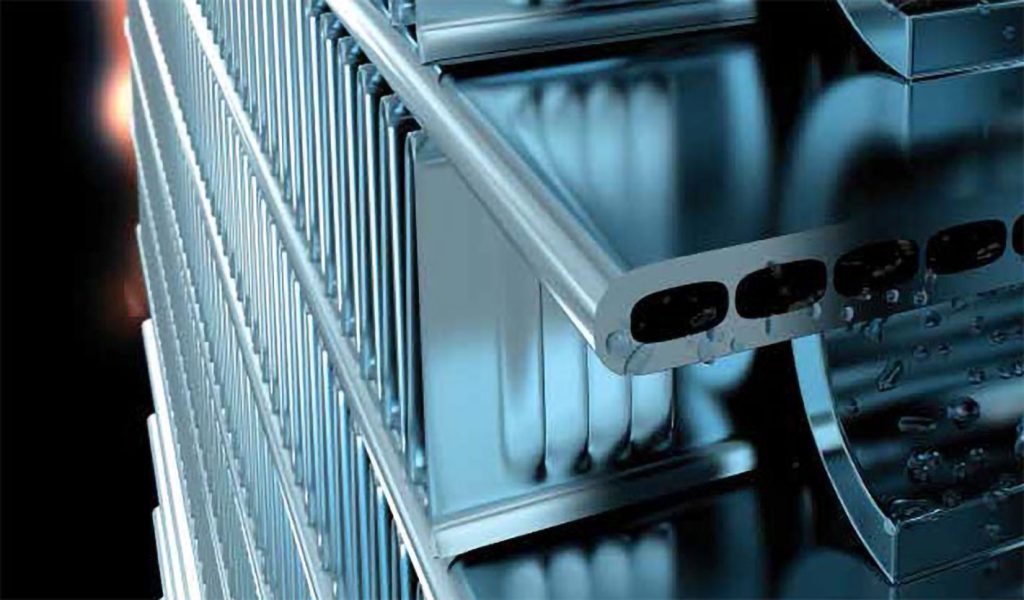
How Does a Microchannel Heat Exchanger Work?
2025-08-11 | Blog
In the HVAC and refrigeration industry, microchannel heat exchangers are becoming the go-to solution for improving energy efficiency and enhancing heat transfer. Whether it’s an air conditioning system, a microchannel condenser, or other cooling applications, this technology offers compact size, high performance, and long service life. But how exactly does a microchannel heat exchanger work? Let’s break it down.
A microchannel heat exchanger is a compact, high-performance component used in cooling and heating systems. It is built from flat tubes containing multiple small microchannel heat paths. These tubes are usually made from aluminum to ensure light weight, corrosion resistance, and excellent thermal conductivity.
When used as a microchannel condenser, the unit efficiently transfers heat from refrigerant flowing inside the channels to the surrounding air, making it ideal for air conditioning and refrigeration applications.

The working process is based on the heat transfer between a refrigerant and air (or another fluid):
In air conditioning systems, a microchannel condenser plays a crucial role in rejecting heat from indoor spaces to the outdoors. Because of its advanced heat transfer capabilities, it enables systems to run more efficiently while using less refrigerant — a major advantage for both cost savings and environmental impact.
A microchannel heat exchanger works by directing refrigerant flowing through multiple small channels and transferring heat to air passing over the fins. This process delivers excellent heat transfer performance and significantly improves energy efficiency. Whether in a residential air conditioning unit, a commercial microchannel condenser, or an industrial cooling system, microchannel technology offers a reliable and high-performing solution for modern climate control needs.